|
Volume 6 Number 1, Spring
2009
|
|
Click on the left hand thumbnail
to open and view the article in a new window.
|
 |
Is “advanced fishkeeping” the same thing as
“marine fishkeeping”? ...Editorial by Neale Monks |
 |
How to make a simple Algae Turf Scrubber
My rationale for incorporating an algal turf scrubber (ATS), into a reef
aquarium is two-fold. Firstly, I wanted to provide a habitat for
micro-crustaceans, worms and the like to live (see Raabe 2008)....An article by
Simon Trippick |
 |
Central American cichlids
Central American cichlids are adaptable, often quite
aggressive fish that require moderately hard and alkaline water
conditions...An article by Neale Monks |
 |
Experimenting with Kreisel Construction
With more and more aquarists thinking about captive breeding, we
are beginning to face challenges usually reserved for academics
and public aquariums. I found myself facing one such challenge
after setting out to raise the zoea released by my emerald and
ruby crabs...An article by Sara Mavinkurve |
 |
Surviving Brooklynellosis
What is brooklynellosis, you ask? Brooklynellosis is caused by a
ciliate protozoan called Brooklynella hostilis, closely
related to the ciliate parasites Ichthyophthirius
multifiliis and Cryptocaryon irritans that cause
ick (or whitespot) in freshwater and marine fish
respectively...An article by Mike Maddox |
 |
The Blue Followers: the Placidochromis of
Lake Malawi
Among hobbyists there are many fans of Malawi cichlids
captured by their amazing colours and their vivacious
behavior...An article by Daniela Rizzo |
 |
Thiaminase and its role in predatory pet fish (and
other piscivores) nutrition
The seafood we offer to predatory pets like large fishes,
axolotls and predatory turtles cannot always compete with their
natural diet in terms of variation and freshness...An article by
Marco Lichtenberger |
 |
A Selection of questions and Answers from the WetWebMedia
FAQ page's, selected by Andrew Nixon |
 |
If you fancy writing for Conscientious Aquarist, then read
our instructions for authors. The aim of the
magazine is to publish articles that explain and extend the
hobby in a responsible, ethical manner. |
|
|
Volume 6 Number 2, Spring
2009
|
|
Click on the left hand thumbnail
to open and view the article in a new window.
|
 |
Is “advanced fishkeeping” the same thing as
“marine fishkeeping”? ...Editorial by Neale Monks |
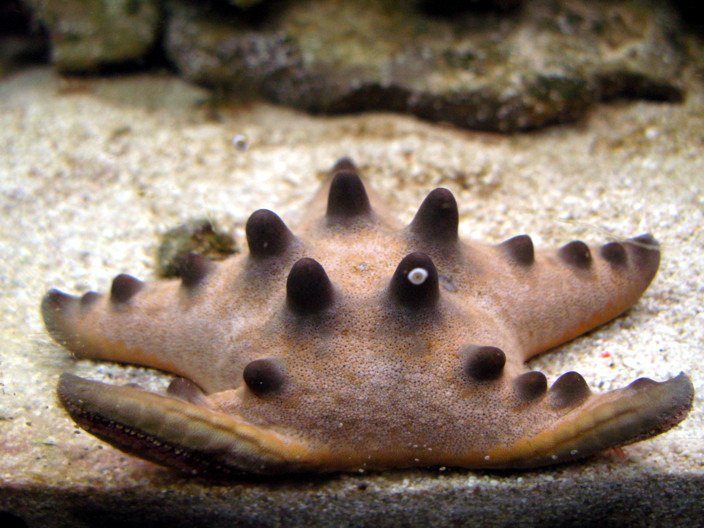 |
The Chocolate chip sea star (Protoreaster nodosus)
By Marco Lichtenberger
Common to both the pet fish and souvenir trade alike, the Chocolate Chip Starfish is well known among aquarists as well as to tourists and curio collectors. |
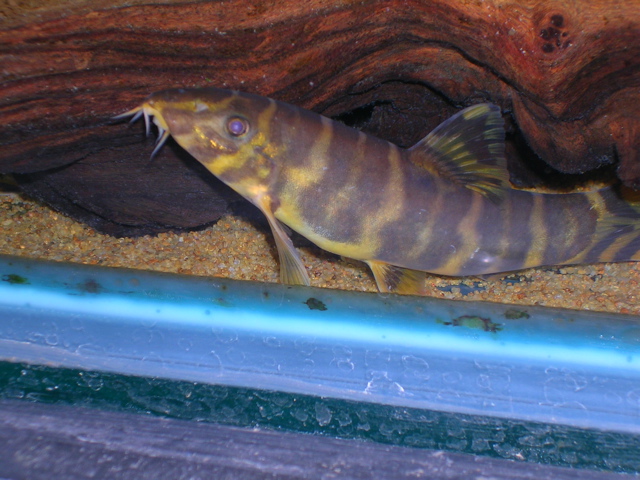 |
A New Look At Loaches By Neale Monks
Loaches have become steadily more popular in recent years, and more species are available now than ever before. Some can make excellent community tank residents, but others are challenging fish that demand special care. |
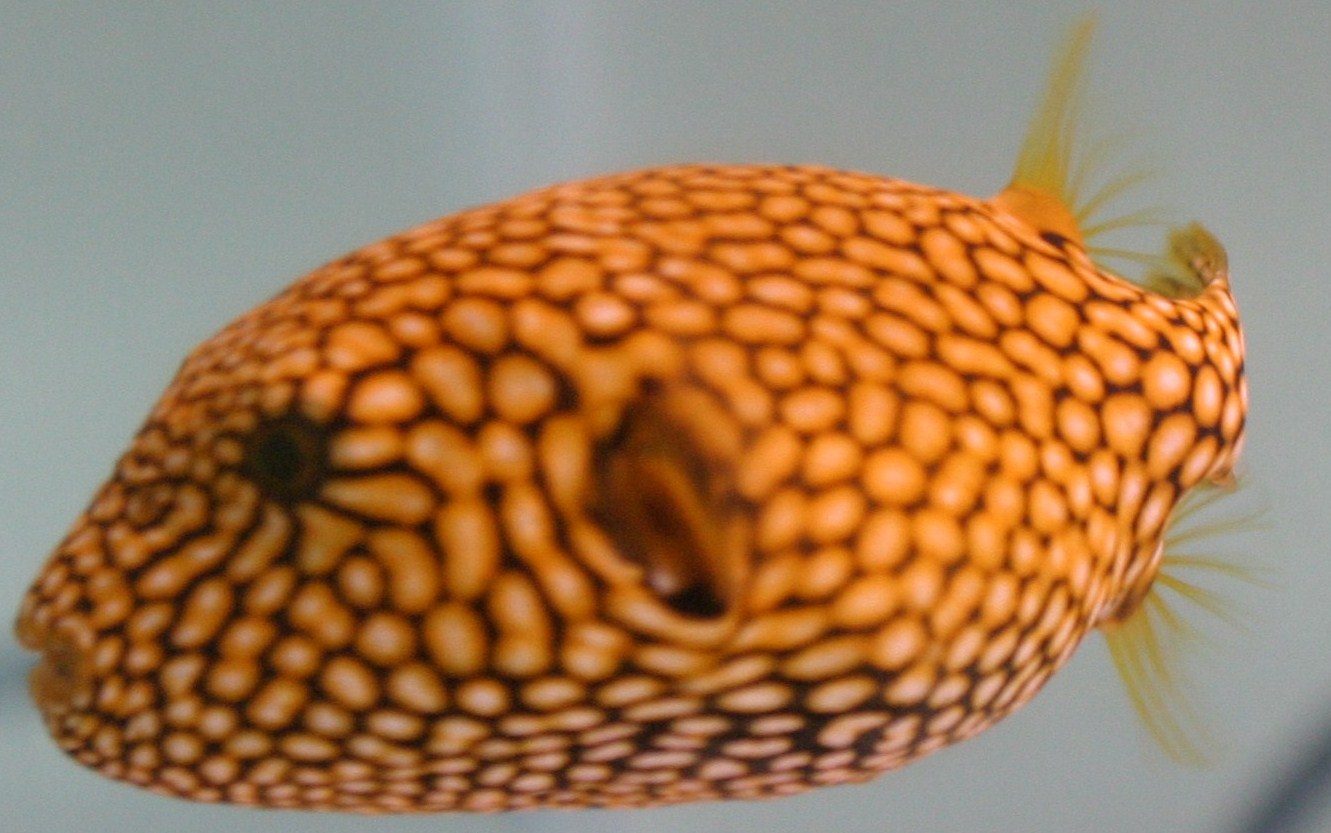 |
A Saltwater Puffer Primer: Big Pufferfish! By Mike Maddox
Marine puffers are fun, cute, interactive, yes, but they’re also big: all the true puffers in the marine aquarium trade attain at least 12 inches (30 cm) in length! |
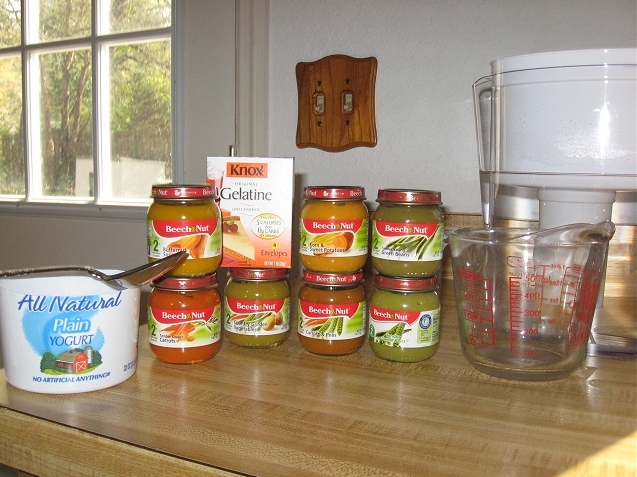 |
Making Vegetarian Gel Food for Fish: Five Minutes, Five Easy Steps by Nicole Putnam
Anyone who keeps fish will quickly learn that not all fish foods are created equal; some are definitely better than others, relying on any one type of food can lead to nutritional deficiencies in the long run. |
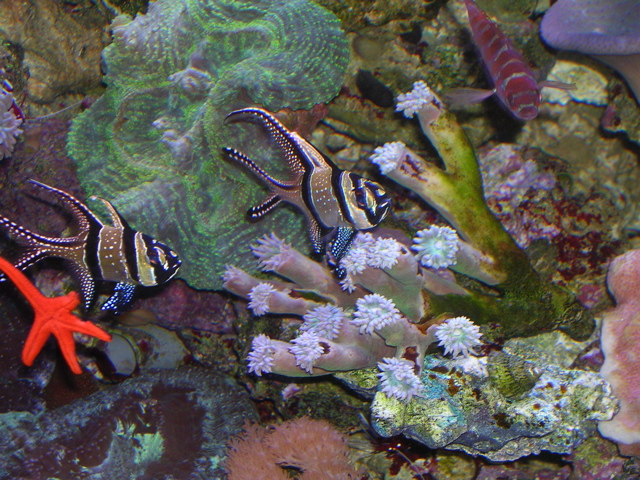 |
The Use of Kalkwasser by Russell Schultz
The use of kalkwasser (lime water or calcium hydroxide) is often debated very strongly amongst its adherents and opponents. Although I do not use it, I have to admit that used properly, Kalkwasser is a safe, effective and economic supplement of both calcium and alkalinity in reef aquaria. |
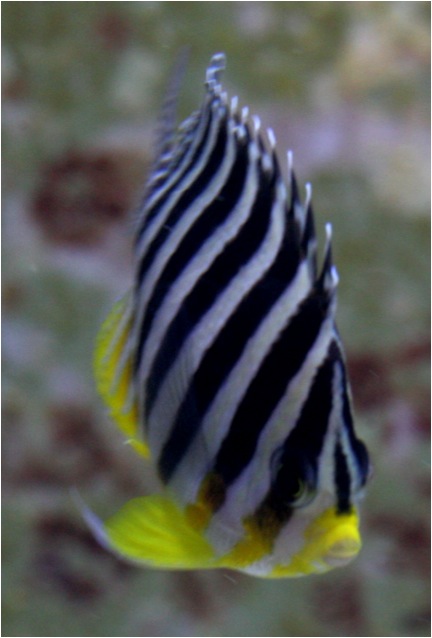 |
Reef Safari! By Alexander Thomasser
For all Mac users out there -- no, I am not referring to your web browser! Instead, I’m writing about keeping zebras in your reef tank; how cool is that? |
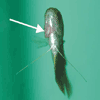 |
Understanding Bacterial Disease in Aquarium Fish by Myron Roth, Ph.D
Recognising that your fish is sick is easy for most aquarists. Knowing what is causing it to be sick can be elude even the most advance aquarist. |
 |
A Selection of questions and Answers from the WetWebMedia
FAQ page's, selected by Andrew Nixon |
 |
If you fancy writing for Conscientious Aquarist, then read
our instructions for authors. The aim of the
magazine is to publish articles that explain and extend the
hobby in a responsible, ethical manner. |
|
|
|
|
Volume 6 Number
3, Summer
2009 |

|
|
|
 |
|
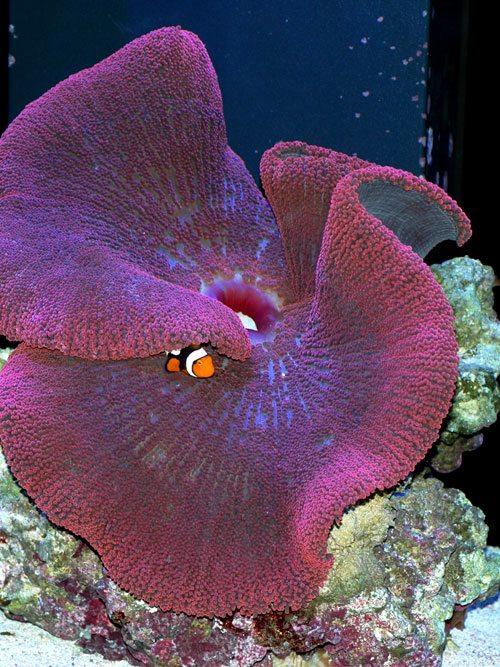
|
In This Months Issue
Click on thumbnail to view article
|

|
|
The Joy Of Fish Clubs
At the end of August, I was lucky enough to be a speaker at the Greater Cincinnati Aquarium Society in Ohio.
|
|
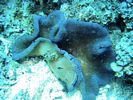
|
|
Carpet Anemones
Stichodactyla spp anemones, otherwise known as carpet anemones, are fascinating creatures....
|
| |
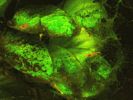 |
|
Freshwater Algae
Algae are photosynthetic organisms somewhat like plants in structure at a cellular level, but rather different in many other regards.
|
| |
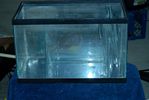 |
|
Refugia
Refugia are touted as doing everything from feeding your fish for you to negating the need for water changes.
|
| |
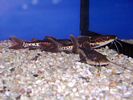 |
|
Ugly Fish
When the average hobbyists think of fish, beauty often comes to mind. From breathtaking reef dwellers to exotic wild caught African cichlids, beauty sells.
|
| |
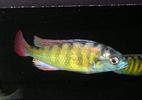 |
|
Victoria Cichlids
During the 1980s a new and fascinating market seemed to be opening up to aquarium hobbyists.
|
| |
| |
|
|
| |
| |
|
|
|
|
|
|
Volume 6 Number
4, Fall
2009 |

|
|
|
 |
|
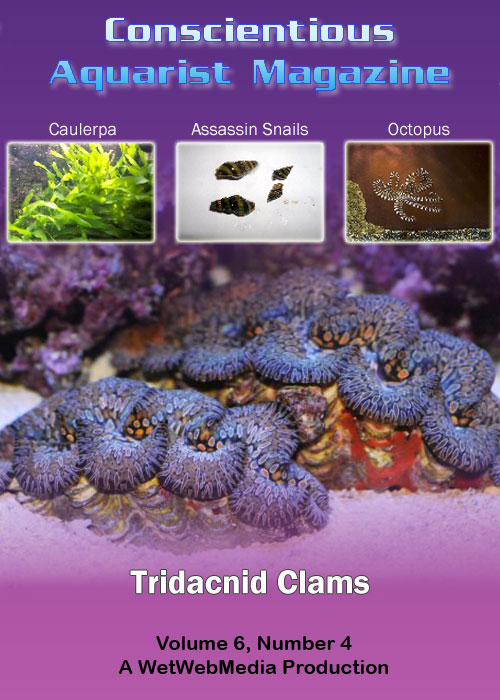 |
In This Months Issue
Click on thumbnail to view article
 |
|
Editorial
One issue that comes up again and again in the Daily FAQs, is the trade in non-aquatic plants.
|
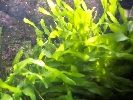 |
|
Caulerpa
Caulerpa are fast-growing green algae with fronds (“leaves”) that come in a variety of shapes.
|
| |
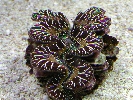 |
|
Tridacnid Clams
As some of us are aware, Pinched Mantle Syndrome has been named by aquarist and was not clearly identified until approx. 6-7 years ago.
|
| |
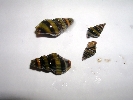 |
|
Assassin Snails
The Assassin Snail (Clea helena) has been welcomed by fishkeepers as the single best all-around snail-killing animal in the hobby.
|
| |
 |
|
Octopus : Wunderpus
By far, the most fascinating, challenging and fulfilling animals I have had the pleasure to keep have been cephalopods.
|
| |
|
|
|
|
|
|
|
|
